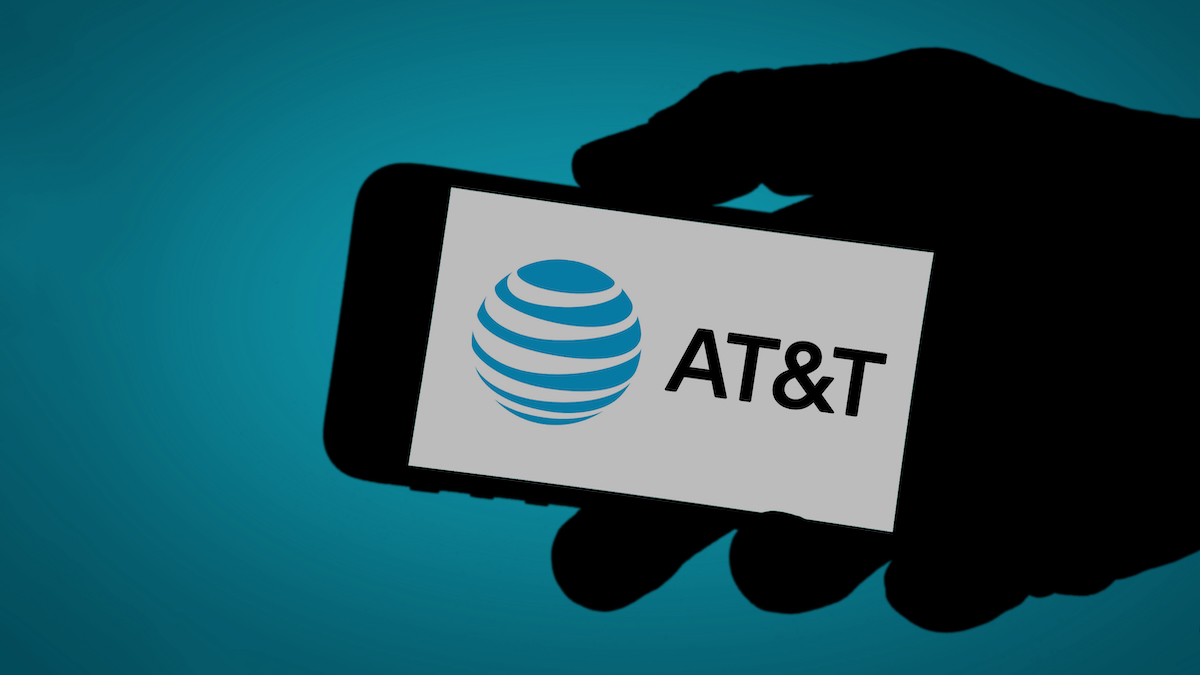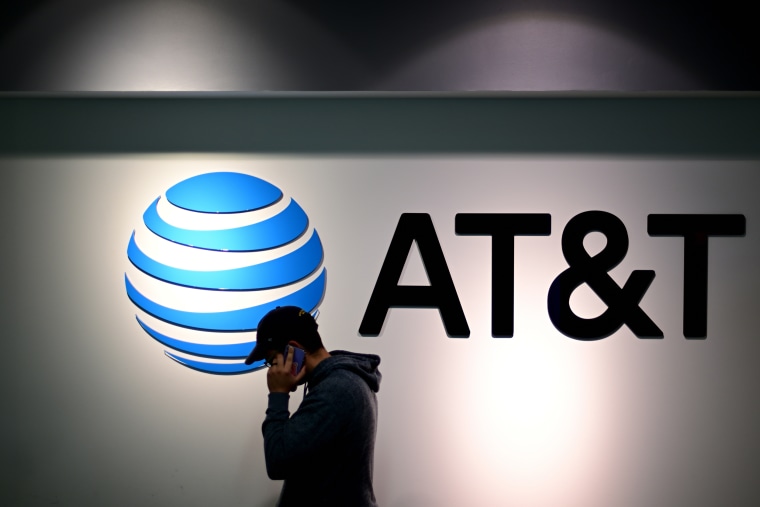In a shocking disclosure, AT&T revealed on Friday that a massive data breach has exposed the call and text message records of tens of millions of its cellphone customers, as well as many non-AT&T customers. The breach, which compromised data from mid-to-late 2022, is one of the largest in the telecom company’s history, raising significant concerns about privacy and data security.
The exposed data includes detailed call logs, text message contents, and associated metadata, affecting an extensive range of customers across the United States. While the exact number of affected individuals has not been disclosed, sources within the company indicate that the breach impacts tens of millions of users, both within AT&T’s customer base and those who communicated with AT&T customers.
“AT&T takes the privacy and security of our customers very seriously. We are deeply sorry for this incident and are taking immediate steps to address it,” the company said in a statement. “We are working closely with law enforcement and leading cybersecurity experts to investigate the breach and enhance our security measures to prevent future incidents.”

Preliminary investigations suggest that the breach resulted from a sophisticated cyberattack that exploited vulnerabilities in AT&T’s network infrastructure. The attackers gained unauthorized access to the company’s systems, enabling them to exfiltrate vast amounts of data over several months before detection.
The compromised data includes records of incoming and outgoing calls, timestamps, phone numbers, and the contents of text messages. While financial information and personal identifiers such as Social Security numbers were not affected, the breach still poses significant risks to customer privacy.
Cybersecurity experts warn that the exposed information could be exploited for various malicious purposes, including identity theft, phishing attacks, and blackmail. “The nature of this breach is particularly concerning because it involves highly personal and sensitive information,” said Mark Warner, a cybersecurity analyst. “The call and text records can reveal intimate details about individuals’ personal and professional lives, making this data extremely valuable to cybercriminals.”
The breach has prompted swift responses from federal authorities. The Federal Communications Commission (FCC) and the Federal Trade Commission (FTC) have both launched investigations into the incident, aiming to determine the scope of the breach and assess whether AT&T’s security measures were adequate.
“This incident highlights the urgent need for robust data protection standards and practices,” said FCC Chairwoman Jessica Rosenworcel. “We will work diligently with AT&T and other stakeholders to ensure that consumers are protected and that similar breaches are prevented in the future.”

AT&T has begun notifying affected customers and offering resources to help them safeguard their information. The company is providing free credit monitoring and identity theft protection services to those impacted by the breach. Customers are also being urged to monitor their accounts for suspicious activity and remain vigilant against potential phishing scams.
The breach has ignited widespread outrage among AT&T customers, many of whom are demanding transparency and accountability from the telecom giant. Social media platforms have been inundated with complaints and concerns about the security of personal data and the potential ramifications of the breach.
“This is completely unacceptable,” said Sarah Thompson, an AT&T customer from New York. “We trust these companies with our most private information, and they have a duty to keep it safe. AT&T needs to do more than apologize; they need to take concrete steps to ensure this never happens again.”
As the investigation continues, AT&T faces mounting pressure to address the vulnerabilities in its network and restore customer trust. The breach serves as a stark reminder of the escalating threats in the digital age and the critical importance of robust cybersecurity measures to protect sensitive data.












